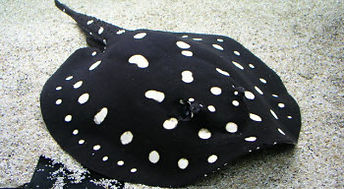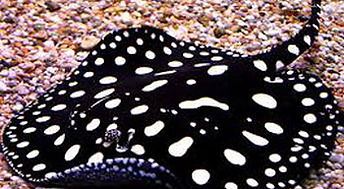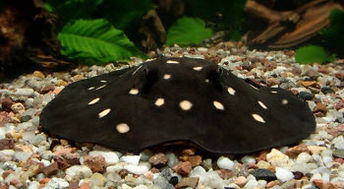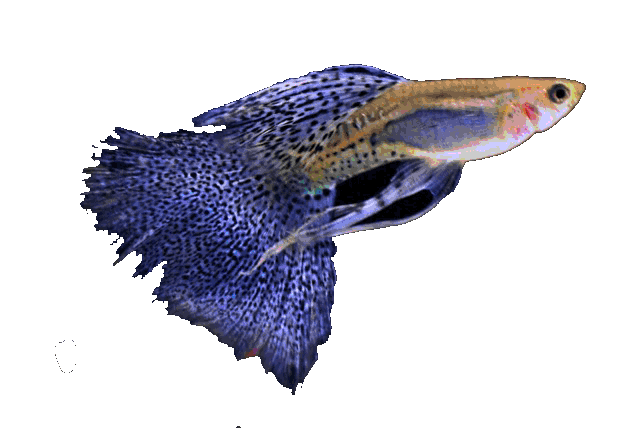



Basic data:
Scientific name: Potamotrygon leopoldi (Castex in Castello, 1970)
Explanation of words: Potamotrygon (potamos = river, trygon = ray)
Slovenian name: Leopoldi, Black diamond whip / skate, Xingu river whip ..
Group: Livebirds
Origin: Xingu and Fresco rivers in central Brazil.
Size: males 40 cm, females up to 60 cm
Biotope / Habitat : Shallows of rivers and streams on muddy bottoms / silt
Social behavior: Predator, if not hungry, other inhabitants are safe, can be territorial, otherwise peaceful inhabitants
Diet: Fish, worms, crustaceans, tubifex, shrimp, shellfish, squid, ...
Cultivation: Difficult
Aquarium: Minimum 1000 liters
Population: Adult couple per 1500 liters of water
Decoration: fine sand (river sand / sand), lying flat stones, cut wood
Temperature: 24-30 ° C
pH: 6-7.5
Hardness: up to 15 ° dGh
Lifespan: up to 20 years
Kingdom: Animalia / animals
Trunk: Chordata / string players
Class: Chondrichthyes
Order: Myliobatiformes / sea whips
Family: Potamotrygonidae / freshwater whips
Gender: Potamotrygon



